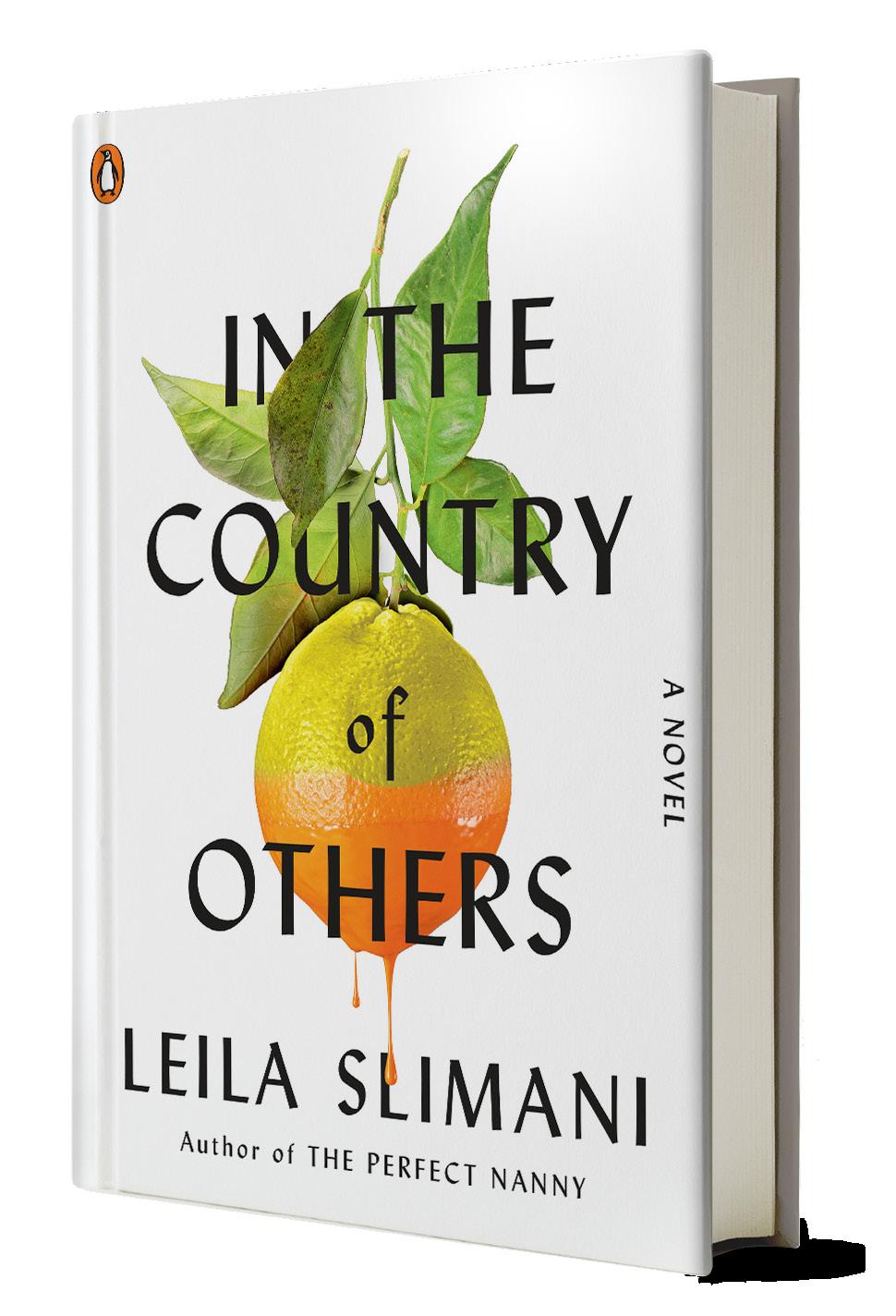Excerpt from People Like Them: There’s no cemetery in Carmac. The dead are buried in the neighboring towns. But animal corpses are allowed. At the foot of a tree, or in the corner of a garden. Here, animals die where they lived. Men don’t have such luck. The small chapel overshadowed by a row of hundred-year-old plane trees doesn’t have much use anymore. People take refuge there in the summer, when the air becomes unbreathable. A haven of silence, coolness, and shade. Inside, thanks to the cold, moist stones, it feels like breathing deep within a cave. In the month of August in Carmac, everything burns. The grass, the trees, the children’s milky skin. The sun allows no respite. The animals drag too; the cows produce less milk; the dogs sniff at their food, then return to the shade, nauseous. In winter, it’s the opposite—everything freezes. Cloudy River, which crosses the valley, gets its name from that particularity: transparent and elusive in the summer, cloudy and iced over in winter. The village, built on either side of the river, is connected by a stone bridge called Two Donkeys Bridge. It has a grocer’s store, a post office, a town hall, a small bus station, a bakery, a café, a butcher shop, and a hairdresser. There’s also the old sawmill, whose machines haven’t whistled in over twenty years. Now, it serves as a hideaway for forest cats, when it snows, or when the females give birth. If you approach the village from the hillside road, it disappears into a vast pinewood, revealing its plunging valley only when you emerge from the last turn. The most peaceful season here is autumn, when the western wind sweeps away the last of the summer heat. Beginning in September, the sharp air cleanses the stone and rinses the undergrowth. The valley finally breathes. The autumn purge. White, clear, unrebellious sky. All that remains is the fragrance of wet grass, a smell of the world’s beginning with hints of pine resin. At dawn, the beams of the school bus announce a new day. Chilled, sleepy teens pile in. They’ll follow the river for a few miles, and then at the intersection, at the call of the town’s first murmurs, the bus will change direction. It’s the hour when the youngest go to the village school, and the adults to work. There are only two families of farmers left; all the others commute every day. Life is peaceful in Carmac, calm and orderly. But the most striking thing, here, when winter arrives, is the silence. A silence that spreads everywhere. A tense silence in which the slightest sound stands out: the footsteps of a stray dog crackling over dead leaves, a pinecone tumbling onto dry needles, a famished wild boar digging feebly at the ground, the naked branches of a chestnut tree rattling against each other when the wind picks up or crows fly by… And even sounds from miles away can be heard here. At night, if you listen closely, you can hear the tumble of rocks the weary mountain drops into small turquoise lakes, as milky and murky as blind eyes. When evening comes, when the smoke of fog intermingles with that of burnt fields and outside everything retreats, the houses fill with noise. Conversations are held between one room and another, the workday recounted, voices swelling, rising above the gurgling of the dishwasher, the sizzle of onions, the cries of a child who’s dreading bath time and the loneliness night brings. Maybe it’s because of that din that nobody heard anything the night they were killed. They say there were screams, gunshots, begging. But the chalet walls absorbed everything. Carnage behind closed doors. And nobody to save them. Yet outside, not the slightest breath of wind. Nothing but an interminable winter silence.
15



